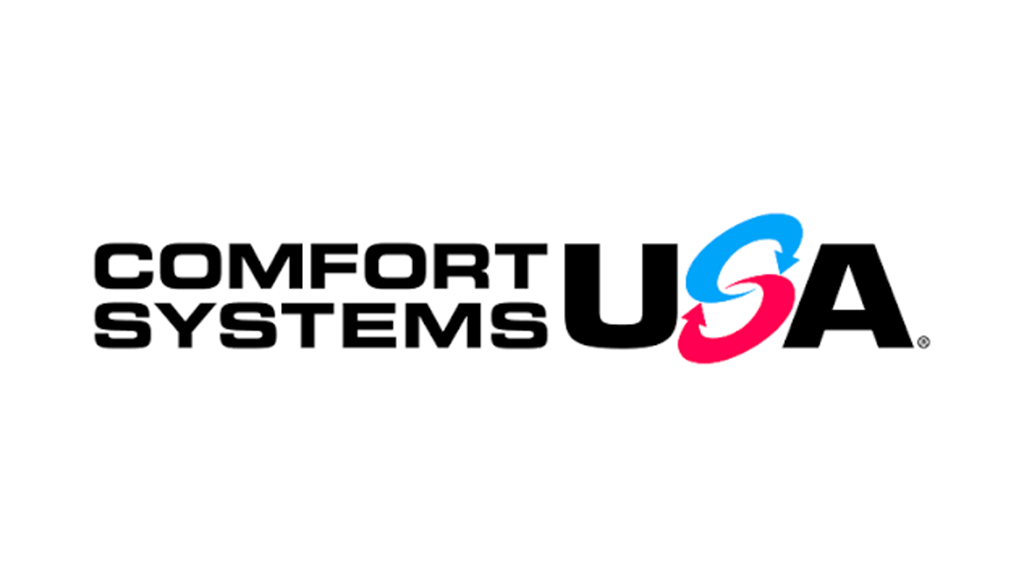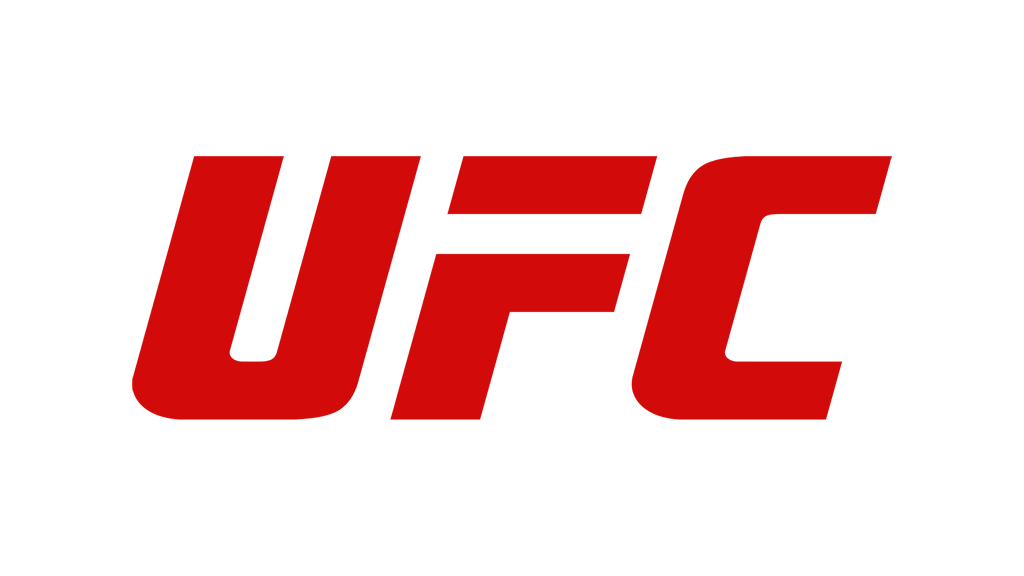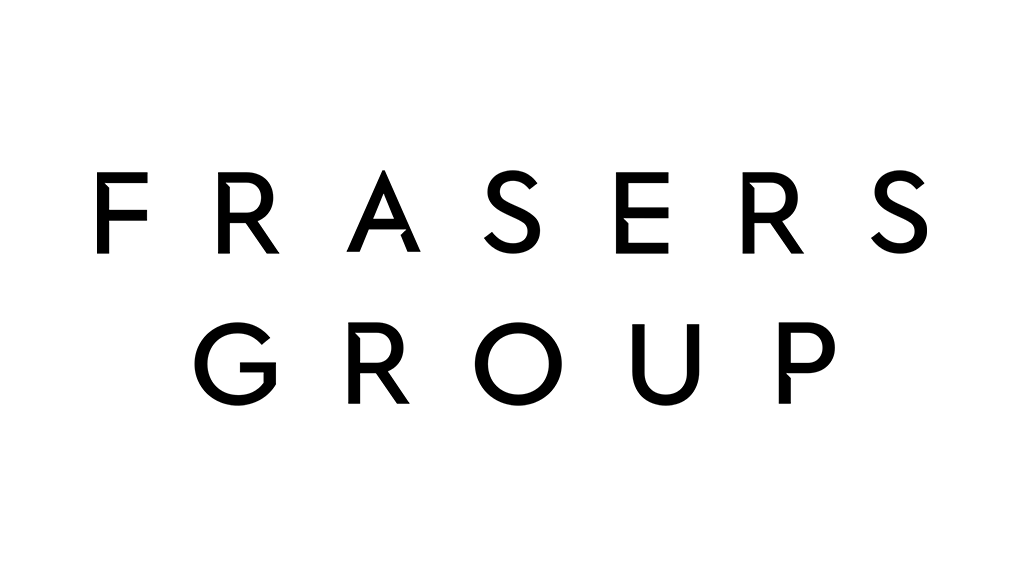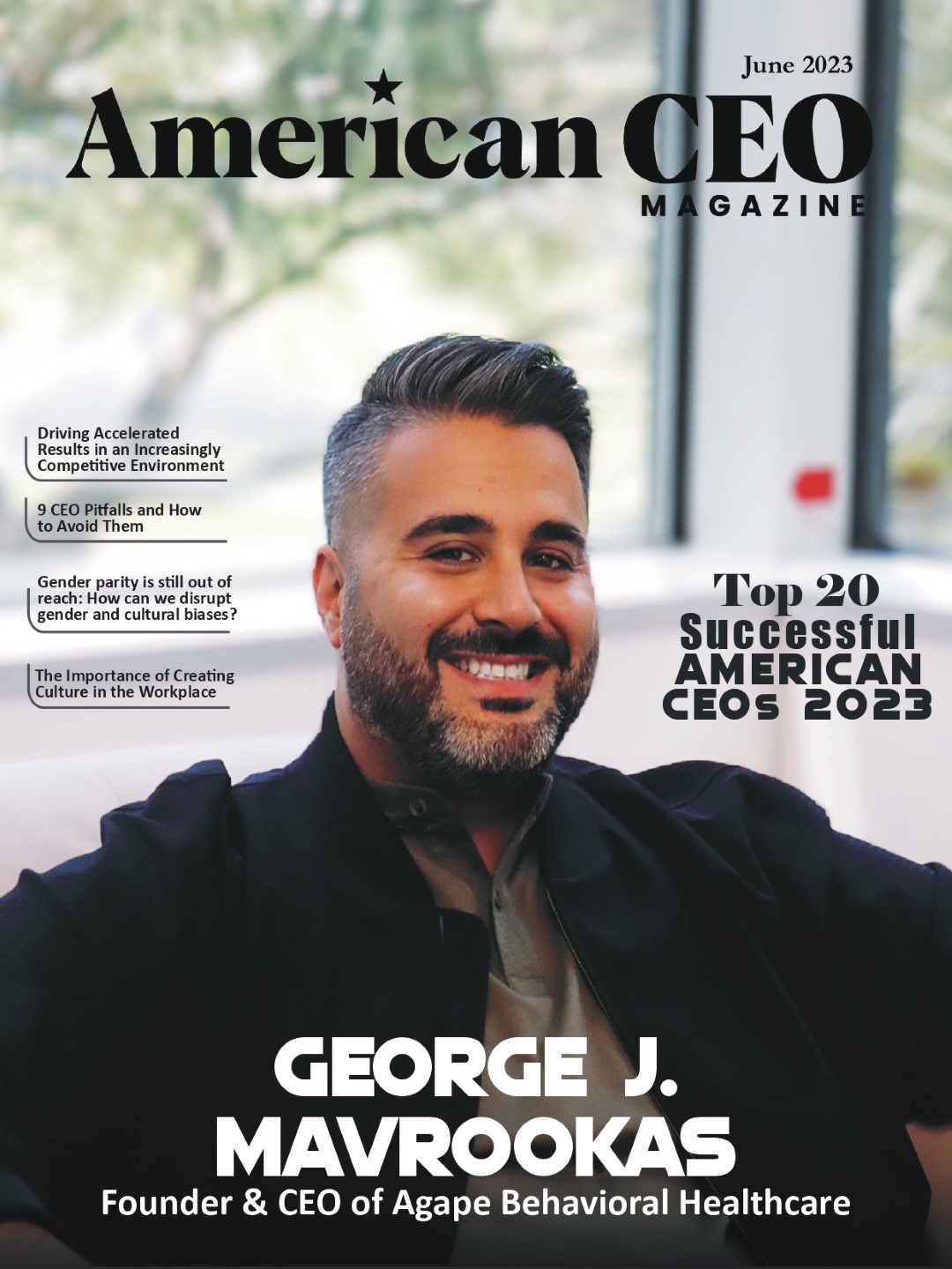Steven Howard
Leadership Coach
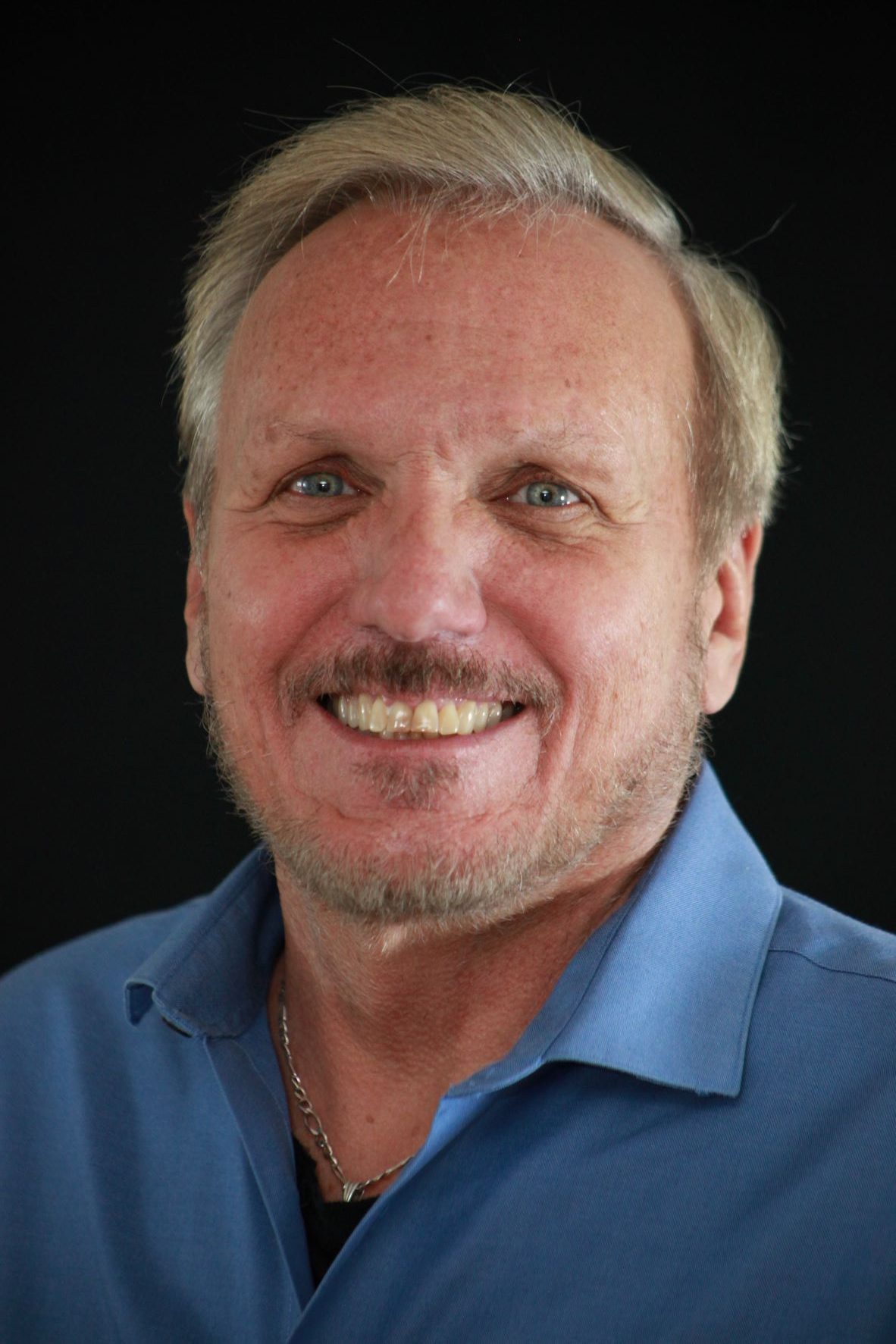
Steven Howard
Award-winning Leadership Author | Keynote Speaker
Steven Howard is the award-winning author of 22 leadership, business, and professional development books. His latest book is Humony Leadership: Mindsets, Skills, and Behaviors for Being a Successful People-Centric Leader. In awarding the book a Gold Medal, the Nonfiction Authors Association called Humony Leadership “a significant work with an important mission.”
Steven was named to the 2023 Top 200 Global Biggest Voices in Leadership list by the LeadersHum network in recognition of his thought-provoking and leading-edge thinking on leadership.
Steven was named to the Brainz CREA Global 2023 list of top entrepreneurs, influential leaders, and innovators for his thought leadership and writing.
A highly accomplished platform and virtual speaker, Steven provides Leadership Keynote Speeches globally for public and corporate conferences, off-site meetings, leadership retreats, product launches, and association meetings.
Social Media Links
https://www.youtube.com/@stevenhowardonleadership
The Need for a Leadership Mindset Change Is Obvious
It is painfully obvious that the pre-pandemic models of operating and managing no longer work as well with today’s workforce. Simply stated: work is not working for many people, as witnessed by the Great Resignation and Quiet Quitting trends.
Quite frankly, our leadership models are broken and filled with obsolete leadership practices – especially the concept that leaders need to be people managers. Managing people is a 1980s construct no longer valid or applicable.
People do not want to be managed. They want to be led. To be motivated. Trusted. Given opportunities to grow their skill sets and decision-making capabilities.
They want (and need) to be coached, mentored, empowered, unshackled from directives, and freed from being told how to accomplish their work. Leaders at every level of organizations now need to excel at the coaching and people development aspects of leadership.
As Steve Cadigan, LinkedIn’s first Chief Human Resources Officer, wrote in the Foreword to my book Humony Leadership: Mindsets, Skills, and Behaviors for Being a Successful People-Centric Leader, “Most legacy leadership models strive to achieve control, consistency, and reliable outcomes. As we all have come to realize in recent years, in a world where so much is unknown, and the pace of change is relentless, what we really need is a model to help us expect change and instability.”
Welcome to Your New Organization
The pre-pandemic model of the organization-employee relationship was that organizations bought an individual’s time (usually 9 to 5) and mandated that this daily time slot would be devoted solely to them five times a week. And the organization told employees where they would physically be placed to spend this time sold to their employer.
The new model for the employee-organization relationship (note that now the employee comes first) is that organizations buy people’s skill sets and purpose (short-term or long-term). The employees and their organizations must now decide together where individual and collective work is best performed. They must also agree on how each employee can best deliver upon their responsibilities to the rest of the organization and its customers. Best outcomes are produced when the employee has work/life harmony and integration rather than when managers employ tight oversight and micromanaging tactics.
Leaders and managers need to forget about the idea of control. That is an old-school leadership mentality. Control went out the window in 2020 with the lockdown-mandated work-from-home environment. This means leaders have to change how they trust and lead people.
It also requires a mindset and verbiage change from seeing employees as staff, assets, or resources to seeing and understanding them as human beings. It also means respecting that these humans have responsibilities and commitments (not just lives) outside work. Responsibilities and commitments that leaders and organizations should help them fulfill.
Doing so requires increasing respect and trust in the workplace. Leaders need to understand that they must start first by trusting and respecting their team members (and not expecting automatic trust or respect based on titles or a position on the organization chart).
Will this be easy? No.
But it need not be difficult or expensive either.
As John Keynes wrote, “The difficulty lies not so much in developing new ideas as in escaping from the old ones.”
Yes, the old mindsets and leadership models will continue to work – but with costs and harmful ramifications for organizations, leaders, employees, and society that are not necessary. Organizations, societies, and – most importantly – our human workforces will benefit significantly from having working environments of respect, dignity, wellbeing, and harmony.
A New Leadership Mindset
What is a mindset? It is your worldview…how you interpret what you see and experience. The interesting thing about mindsets is that what you experience and see can change your mindset, and equally as important, changing your mindset can change what you see and experience.
A few examples:
When released from prison, Nelson Mandela changed how he viewed his jailors. In doing so, he changed his impact on South Africa and the world.
Gandhi changed the mindsets of millions by showing that protesting against a colonial power could be done peacefully.
Franklin Roosevelt taught us that fear could be overcome if faced squarely, even in times of great uncertainty.
John F. Kennedy gave us the mindset that a politically high-risk venture of putting humans on the moon could be highly motivating and inspiring.
Your leadership mindset is how you approach your leadership role and what it means to be a leader in today’s world. Some of the mindset changes I recommend you consider include the following:
- You lead human beings, not assets, head counts, resources, staff, workers, or team members.
- You manage things, policies, procedures, processes, and projects. You LEAD PEOPLE.
- The key role of managers and leaders is to develop people.
- It is no longer about getting the most OUT of people. It is about putting the most INTO them and reaping the rewards of doing so.
- As a leader, you are responsible for workplace wellbeing (reducing stress and drama) and employee wellness (physical, mental, and emotional).
These mindset changes will transform you from being a people manager to a people-centric leader.
And for senior leaders, the best way to build high-performing teams is to cascade this new leadership mindset throughout your organization.
Why Evolve Your Leadership Mindset?
Why should you become a people-centric leader? There are a multitude of reasons:
It is time to change how people are treated at work by management, bosses, peers, and colleagues.
The world and our workplaces need more harmony.
There is more to life than work and business results.
The world needs more kindness and understanding.
The world needs less divisiveness, anger, and separation.
Creating a better world for our children and grandchildren to inherit.
This leadership mindset change is not exclusively for the workplace. This is a shift in perspective usable in personal lives and the workplace.
To create a better world, we must be better leaders, better people, and better people leaders.
This is a better way to lead. To be a better people leader. To make a difference at any level of any organization you lead, now and in the future.
And it will make you a better human being while attaining the results you desire. The greater you understand this, the greater will be your impact on the organizations and people you lead today and well into the future – while simultaneously creating and building your personal leadership legacy.
































